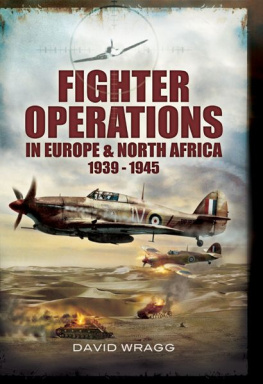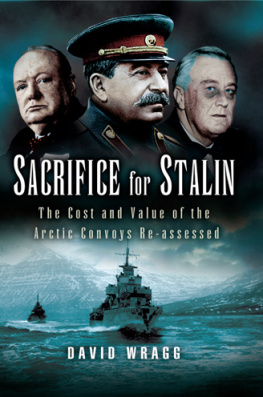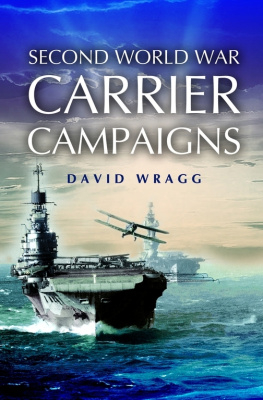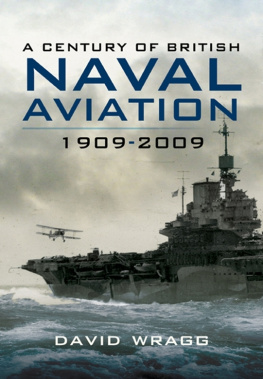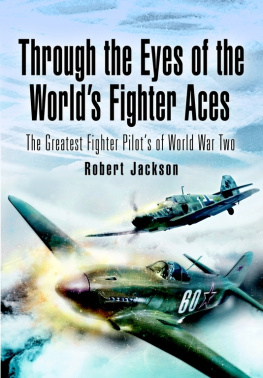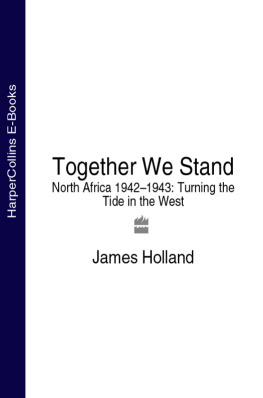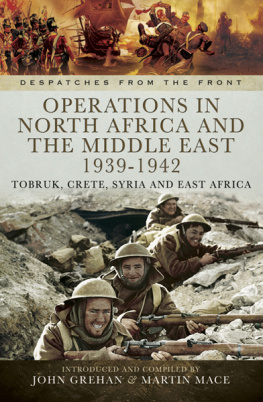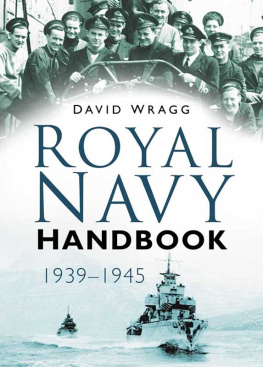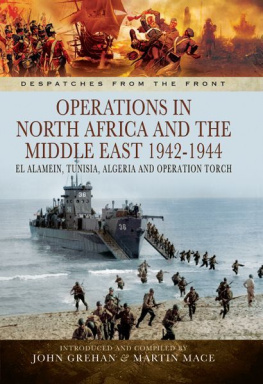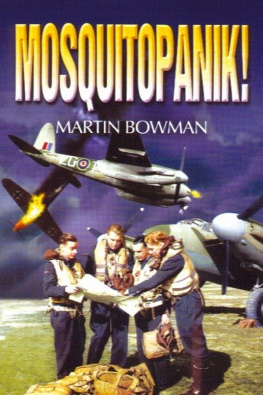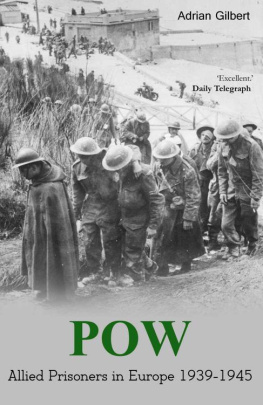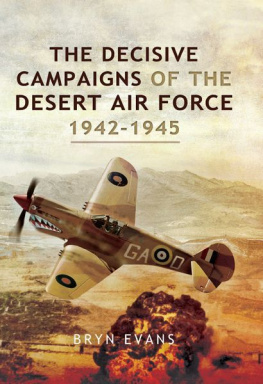
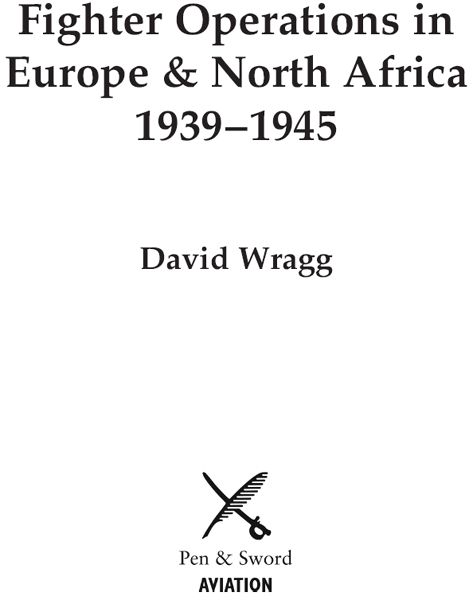
First published in Great Britain in 2012 by
PEN & SWORD AVIATION
An imprint of
Pen & Sword Books Ltd
47 Church Street
Barnsley
South Yorkshire
S70 2AS
Copyright David Wragg, 2012
PRINT ISBN 978-1-84884-481-0
EPUB ISBN: XXXXXXXXXXXXX
PRC ISBN: XXXXXXXXXXXXX
The right of David Wragg to be identified as the author of this work has
been asserted by him in accordance with the Copyright, Designs and Patents
Act 1988.
A CIP catalogue record for this book is available from the British Library.
All rights reserved. No part of this book may be reproduced or transmitted in
any form or by any means, electronic or mechanical including photocopying,
recording or by any information storage and retrieval system, without
permission from the Publisher in writing.
Typeset by Concept, Huddersfield, West Yorkshire.
Printed and bound in England by CPI Group (UK) Ltd, Croydon, CRO 4YY.
Pen & Sword Books Ltd incorporates the imprints of Pen & Sword Aviation,
Pen & Sword Maritime, Pen & Sword Military, Wharncliffe Local History,
Pen & Sword Select, Pen & Sword Military Classics, Leo Cooper,
Remember When, Seaforth Publishing and Frontline Publishing
For a complete list of Pen & Sword titles please contact
PEN & SWORD BOOKS LIMITED
47 Church Street, Barnsley, South Yorkshire, S70 2AS England
E-mail:
Website: www.pen-and-sword.co.uk
Contents
List of Plates
Acknowledgements
In researching and compiling any such book as this, an author is heavily dependent on the help and assistance of many others. In particular, I am grateful to the Sound Archive and Photographic Archive teams at the Imperial War Museum.
This book looks at just one aspect of the Second World War in the air so cannot cover every inch of ground, and for those whose appetite is whetted by this book, I would draw their attention to the bibliography at the back. There are accounts of the war in the air from every perspective, including the all-important personal accounts, as well as volumes of sheer factual matter.
David Wragg
Edinburgh
June 2011
Glossary
AA Anti-aircraft fire
AA Co-operation Exercising with AA units, providing target tugs, simulated attacks etc.
AAEE Aircraft and Armaments Experimental Establishment
AASF Advanced Air Striking Force
ACM Air Chief Marshal
ADGB Air Defence of Great Britain (a name used until the command structure was introduced in 1936, but adopted by RAF Fighter Command later in the war)
AEAF Allied Expeditionary Air Force
AI Airborne Interception (radar)
Air Cdre Air Commodore
Angels Altitude, with Angels 20 meaning 20,000 feet
AOC Air Officer Commanding
AOP Air Observation Post artillery spotting for the Army
ABC Airborne Cigar radio-jamming device
AM Air Marshal
ASR Air-Sea Rescue, now known as SAR, search and rescue
ASV Air-to-Surface Vessel radar
Army Co-operation AOP duties, tactical reconnaissance and close support
AuxAF Auxiliary Air Force (not Royal until 1947)
AVM Air Vice-Marshal
BEF British Expeditionary Force
Boozer Anti-fighter radar warning device used on bombers
CAS Chief of the Air Staff
Circus Fighter escort for daylight bombers
Clarion US plan to disrupt German communications
Corona False orders broadcast to German fighters by aircraft of the RAFs 100 Group
Crossbow V-weapon countermeasures
DAF Desert Air Force
DR Dead Reckoning navigation
Erk Airman below the rank of corporal
ETA Estimated Time of Arrival
FAA Fleet Air Arm
1st TAF Allied First Tactical Air Force
Fishpond Bomber anti-fighter radar warning device
Flak AA fire ( Fliegerabwehrkanonen )
Flt Lt Flight Lieutenant
Flt Sgt Flight Sergeant
F/O Flying Officer
Gardening Aerial mine-laying operations in coastal waters and in German ports, rivers and canals
Gee British radar navigating device
G-H British blind bombing device using signals transmitted from ground stations
Glycol Aircraft engine coolant
Grand Slam 22,000-lb earthquake bomb
Grp Capt Group Captain
HCU Heavy Conversion Unit
H2S RAF radar navigation and blind-bombing aid
Husky Allied invasion of Sicily
IFF Identification Friend or Foe transmission to British radar screens
Mandrel Swamping of German radar by 100 Group
Monica Fighter warning device fitted to RAF bombers
Newhaven Pathfinder codename for H2S combined with visual support
Nickel Name for RAF propaganda leaflet-dropping operations over Germany
Oboe British blind-bombing device fitted to Pathfinders
OTU Operational Training Unit
Overlord Normandy landings
Paramatta Pathfinder codename for target fixing using Oboe
P/O Pilot Officer
Pointblank June 1943 directive from the Allied Combined Chiefs of Staff for a Combined Bomber Offensive
PRU Photographic Reconnaissance Unit
RAAF Royal Australian Air Force
Ramrod Strafing fighter patrol
Razzles Incendiary bomb for igniting forests and crops
RCAF Royal Canadian Air Force
Rhubarb Fighter-bomber mission
RNZAF Royal New Zealand Air Force
R/T Radio/Telephone, i.e. voice rather than Morse
SAAF South African Air Force
SASO Senior Air Staff Officer
SBA Standard Blind Approach
SCU RAF Servicing Commando Unit
2nd TAF Allied Second Tactical Air Force
SHAEF Supreme Headquarters Allied Expeditionary Force
Sqn Ldr Squadron Leader
Tallboy 12,000lb earthquake bomb
Thunderclap Allied plan to deliver overwhelming assault on major German cities
Tinsel Jamming of German fighter communications by radio operators on RAF bombers
Torch Allied invasion of Vichy French North Africa
USAAF United States Army Air Force
VCAS Vice-Chief of the Air Staff
Wg Cdr Wing Commander
Window Tinfoil strips used by British bombers to confuse German radar
Wingco Wing Commander (slang)
W-Mines Air-dropped mines for use against locks and canal traffic
W/T Wireless Transmission using Morse rather than voice
Introduction
There was no such thing as a phoney war for airmen, with early reconnaissance, mining and bomber missions by both sides in the months that preceded the German invasion of first Denmark and Norway and then the Low Countries and France. Nevertheless, there were distinct phases to the war in the air, as elsewhere. The early aerial combats as fighter pilots struggled to contain the German raids on the Home Fleet at Roysth and over France were as nothing compared to the Battle of Britain, when the Luftwaffe set out to destroy the Royal Air Force.
The phoney war was a British concept, something the Germans more aptly described as the Sitzkrieg or sitting war. For the Luftwaffe, of course, the war had started a couple of days earlier with the invasion of Poland, and for them it was a burst of activity in the east followed by a relative lull in the west until the invasion of first Denmark and Norway, and then a month later of the Low Countries and then France.
That first winter of war was also far from peaceful. It marked the Winter War between the Soviet Union and Finland as the Russians sought to regain a country that had achieved independence during the Russian Civil War. Soviet might faced Finnish resistance, and while some territorial concessions were made by Finland to ensure peace, there could be no doubt that the Soviet military had failed in its objectives. Stalins purges of senior officers in the armed services during the late 1930s were to haunt him and impair the ability of the Soviet armed forces in the severe challenges that lay ahead as the Second World War developed.
Next page
